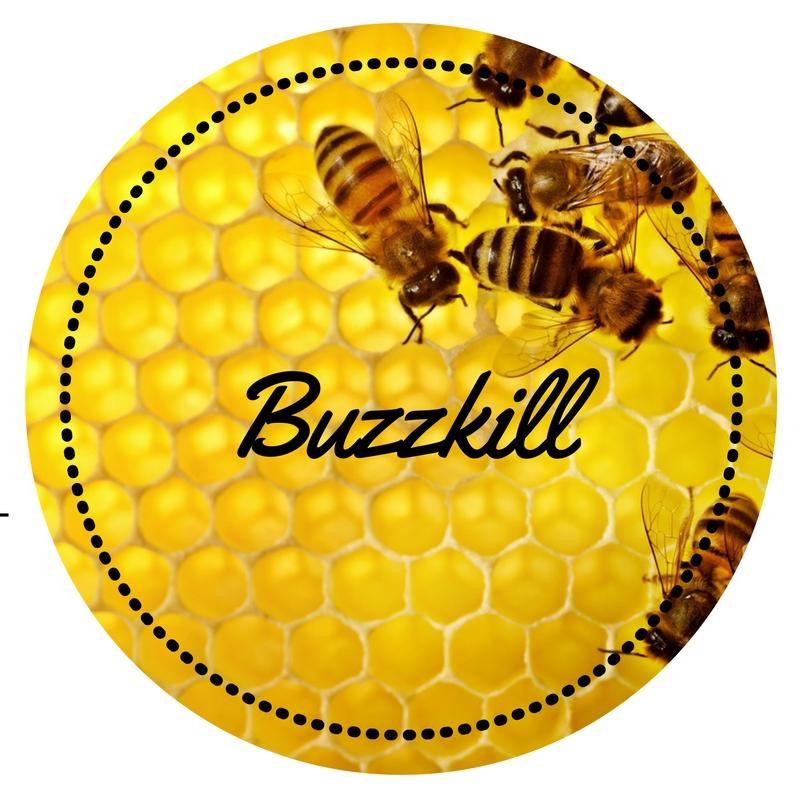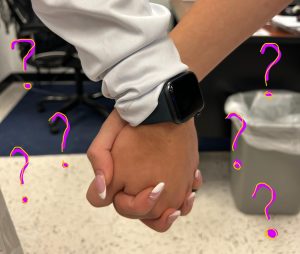Buzzkill
December 15, 2016
Widely known as the “beepocalypse”, honeybees, a small, but widely important part of our ecosystem is collapsing. One colony after another, bees began disappearing by the thousands in 2006, when beekeepers began to notice large chunks of colonies simply died overnight. This baffling occurrence was then labeled, “colony collapse disorder”.
The cause for concern also began to increase as year after year, it was reported that up to 40 percent of bee colonies would suddenly die in merely one winter.
Honeybees are inarguably essential to the environment. Even in the early stages of our biology education, we are taught about the role in which bees play in pollination, which in turn, helps fruits and vegetables grow. Without honeybees, the fragile system that we humans stand upon could collapse right underneath our feet.
“I think it’s imperative that we’re mindful of the bees because a lot of people don’t realize we need them to survive,” junior Emma Ingle said. Ingle has a held a passion for bees at a very young age and still feels strongly about the issue today..
While many environmentalists/conservationists understand the severity of the issue, many people are still unaware of how the bee population widely affects our lives.
“The declining bee population is an epidemic that could ultimately harm the world at a large scale,” senior and leader of the environmental club Ben Collins said. “As primary pollinators of agriculture, bees are necessary for the success of many plants and crops.”
Though Collins finds the decline of the bee population a scary situation, he finds hope in different solutions that could easily be implemented by our community, which range from ending the use of pesticides to simply creating a more welcoming ecosystem by planting.
But while the public begin to understand the austerity of the issue, the White House released a 64 page policy called the National Strategy to Promote the Health of Honey Bees and Other Pollinators in 2015. And the United States Department of Agriculture (USDA) has spent millions of dollars and have conducted numerous surveys on the beepocalypse.
Still, in a recent survey released in May by the USDA, the national bee population decreased by 8 percent since 2015, when the national strategy mentioned above was implemented.
The bee population seems to be increasing beginning in 2014.
How has the population spiked, yet ultimately decrease the following year? Two words.
Queen Bees.
Healthy queen bees are often bought to replace “unhealthy ones” or those who simply ruled a collapsing colony. Various vendors raise and sell queen bees to promote the health of colonies, ending colony collapse disorder.
Local vendor, Honey Hive Farms, strives to create queen bees with “strong genetics with a docile temperament.” But with the constant need to replace queen bees once a colony collapse is tedious and doesn’t extend the lifespan of a colony whatsoever. New and simply solutions must be sought out.
While the beepocalypse gains publicity everyday, the fate of the population rests in the hands of countless beekeepers, conservationists and ordinary people. Combined with new methods of beekeeping plus government spending, the last thing the bee population needs comes from all of us as a school. As in the words of Collins, “a greener school is always a greater school.”









